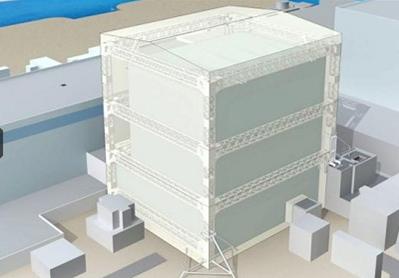Facilities that process large quantities of radioactive material have the potential for significant environmental contamination due to the scale of their operations. Over time, leaks from these facilities can lead to significant radioactive contamination of the subsurface soil and groundwater. In addition, the high costs of disposing of radioactive material off-site may lead these facilities to store more waste on site, increasing the potential for subsurface radioactive contamination and significantly higher decommissioning costs.
Currently these facilities are required to perform surveys to verify that radioactive releases are below regulatory requirements and do not pose public health hazards. However, the NRC believes that existing regulations were not clear enough concerning subsurface contamination.
A new Nuclear Regulatory Commission (NRC) rule would now require these facilities to minimize the introduction of residual radioactivity at their sites during operations. It also requires reporting of additional details about a facilities cost estimates for decommissioning and tightens NRC control over certain financial instruments set aside to cover eventual decommissioning costs.
These new regulations, which will take effect December 17, 2012, were designed to prevent future “legacy sites” with insufficient funds for decommissioning. A legacy site is a facility with an owner who cannot complete complex decommissioning work for technical or financial reasons, causing those costs to fall to the taxpayer.
An unintended consequence will be that there is that much more low-level radioactive that will need to be disposed of in sites such as the Andrews County site that the Texas legislature just passed legislation on opening it up to accept waste from outside the original two state compact (Texas and Vermont). Click here to read more about radioactive waste disposal in the US.






